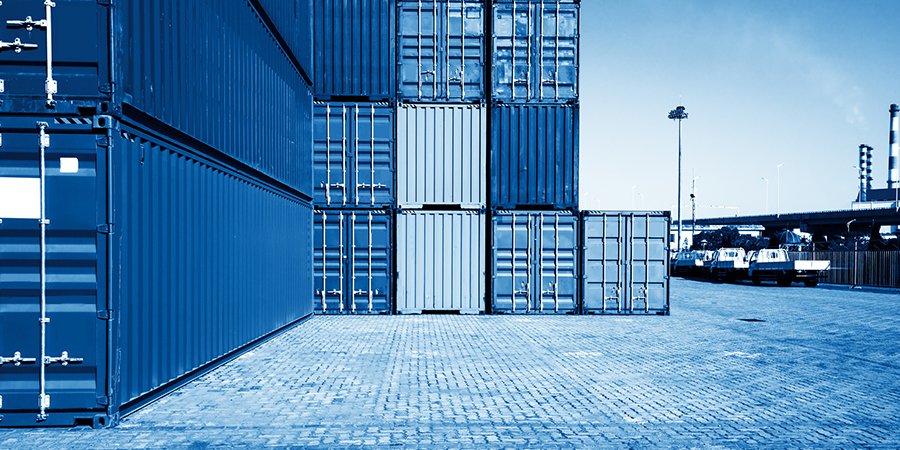by Kristina Hooper, Global Market Strategist, Invesco Ltd., Invesco Canada
The global trade environment seriously worsened last week as the U.S. applied aluminum and steel tariffs to Canada, Mexico and the European Union (EU). Just a few days before, U.S. President Donald Trump announced he is exploring tariffs of up to 25% on imported cars. In my view, this is a very negative development that has implications for the global economy for several different reasons:
It may result in more protectionist actions. As I’ve said before, tariffs are like bacteria in a petri dish – they multiply quickly. This certainly dims the prospects for a successful renegotiation of the North American Free Trade Agreement (NAFTA). And we have already seen a reaction from France to the application of aluminum and steel tariffs on the EU. Not only did French President Emmanuel Macron assert that the tariffs would “penalize everyone including the U.S.,” he warned that the EU will “react by taking appropriate measures, in a firm manner and proportionately, in conformity with World Trade Organization rules.” German Chancellor Angela Merkel warned that the tariffs risk “creating a spiraling escalation that will harm everyone.” And this has occurred many times throughout history, although perhaps most vividly in the 1920s and 1930s. During this period, U.S. acts of protection were met with rapid responses from Canada and Europe; the trade war escalated rapidly, resulting in tariffs on more than 20,000 imported goods.1
Tariffs are often passed down as an input cost, ultimately hurting the consumer. In the April Federal Reserve Beige Book, we saw concern over tariffs (they were mentioned 36 times), with business leaders expressing concerns that input costs are going up. And historically, input costs have risen following the imposition of tariffs and quotas. For example, research has shown that the Corn Laws (in which the U.K. imposed tariffs and quotas on imported grains in the 1800s) increased the cost of living for British workers.2 In 1984, U.S. consumers paid an estimated $53 billion in higher prices because of import restrictions levied that year.3 The day before Trump’s tariff announcement, the U.S. Chamber of Commerce issued a statement that U.S. steel prices are already nearly 50% higher than steel prices in Europe and China.4
This is creating economic policy uncertainty – which has historically dampened business investment. In a recent European Central Bank (ECB) meeting, ECB President Mario Draghi explained that protectionism as well as threats of protectionist actions can “have a profound and rapid effect on business, on exporters’ confidence … and confidence can in turn affect growth.” In fact, the slowdown in U.S. business equipment investment in the first quarter appears to have carried over into the second quarter, with little evidence that the recent corporate tax cuts have provided a significant boost to capital spending. I attribute that to economic policy uncertainty – caused largely by U.S. trade policies/threats.
Protectionism stands in the way of progress. It’s an economic principle that countries should specialize in the production of goods and services in which they have a comparative advantage in order to grow their economy most effectively, thereby creating the most jobs. Protectionism doesn’t create jobs, in my view – it destroys them by making the economy inefficient. Shielding the U.S. steel industry may save a few steelworkers’ jobs, but I expect a ripple effect that increases input costs, hurts the economy and results in job losses. In its statement last week, the U.S. Chamber of Commerce warned that these tariffs will “hit American manufacturers with higher costs, slow the growth of the U.S. construction sector and put the brakes on job creation in both of these key industries.” Some compelling statistics can be found from the protectionist environment of the 1920s and 1930s: U.S. imports from Europe declined from $1.3 billion in 1929 to $390 million in 1932, while U.S. exports to Europe fell from $2.3 billion in 1929 to $784 million in 1932.5 And from 1929 to 1934, world trade declined by approximately 66%.5
These tariffs confuse what should be the U.S.’ most important trade issue – intellectual property violations. Rather than pursue that most egregious issue, the U.S. has alienated those countries that it should be working with to resolve intellectual property infringement on the part of China. That – not trade deficits – should be the critical issue the U.S. pursues, in my view, as it has the greatest impact on future competitiveness.
It may impact foreign policy. By imposing tariffs on close allies with the rationale of national security concerns, the U.S. runs the risk of alienating those allies, which may prove problematic when foreign policy/security issues arise and the U.S. needs the help of allies. The Office of the Historian of the U.S. Department of State explained that, “What is certain … is that Smoot-Hawley [tariffs implemented in 1930] did nothing to foster cooperation among nations in either the economic or political realm during a perilous era in international relations.”6
Key takeaway
For all of these reasons, we need to follow the trade situation closely. Markets seem too quick to applaud an improvement in global trade rhetoric, but too slow to consider ramifications of a worsening of protectionist trade policies. Free trade is being threatened, and it has the potential to negatively impact the global economy at a time when it is showing some signs of slowdown already.
Subscribe to the Invesco Canada blog and get Kristina Hooper’s market reviews in your inbox.
This post was originally published at Invesco Canada Blog
Copyright © Invesco Canada Blog















